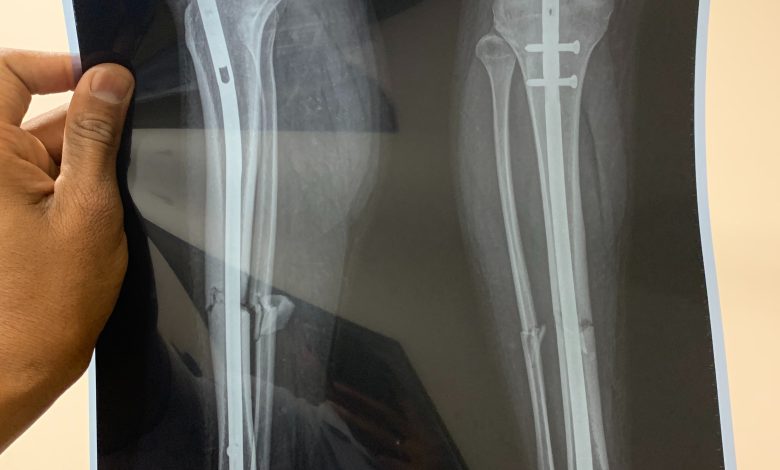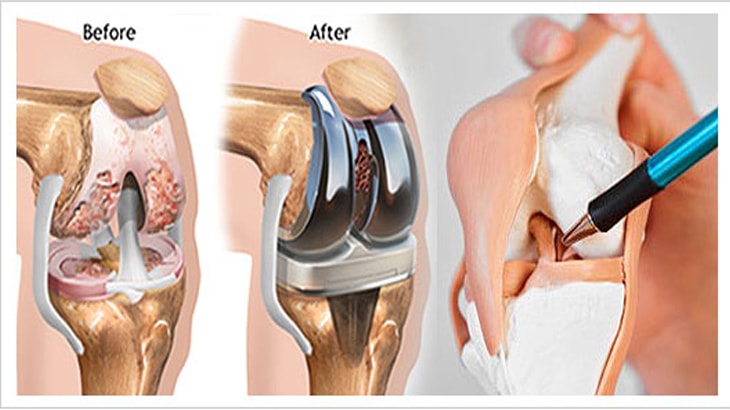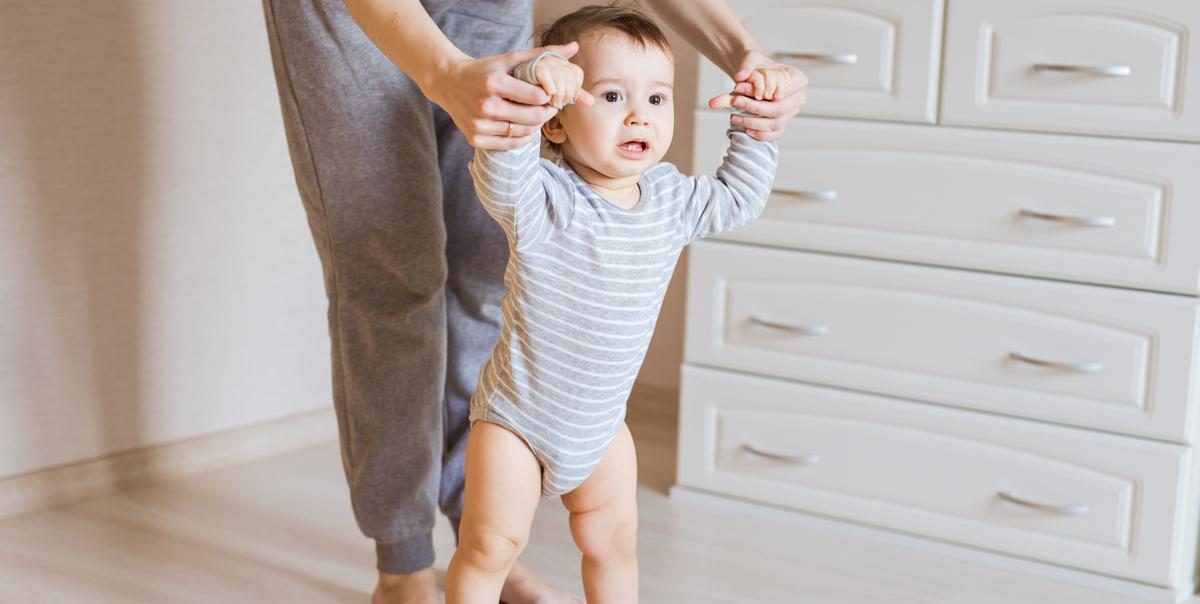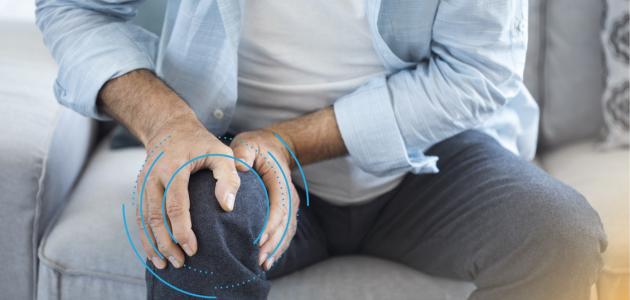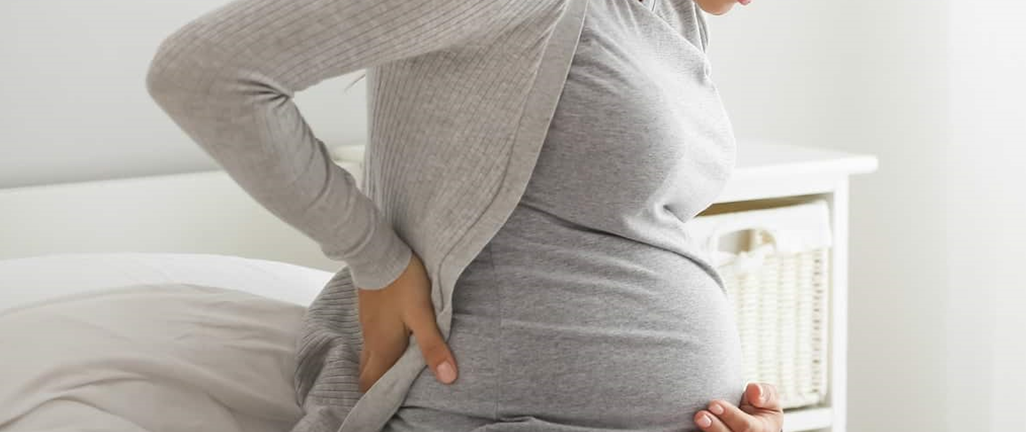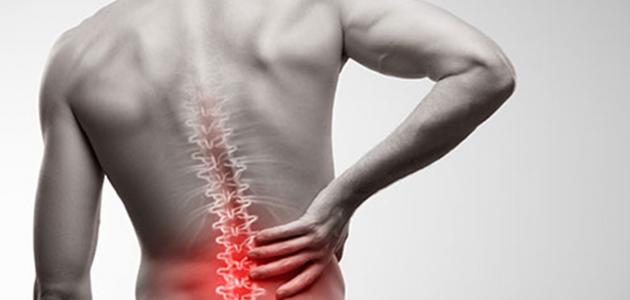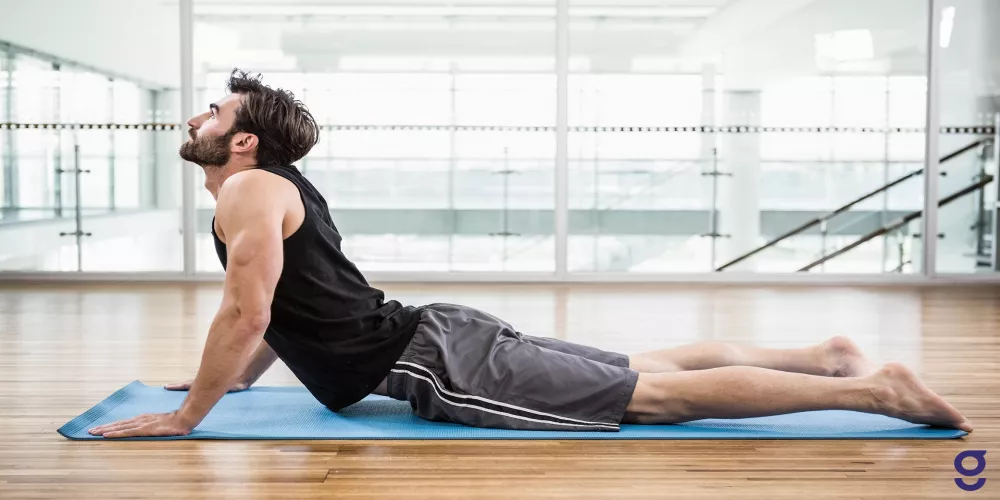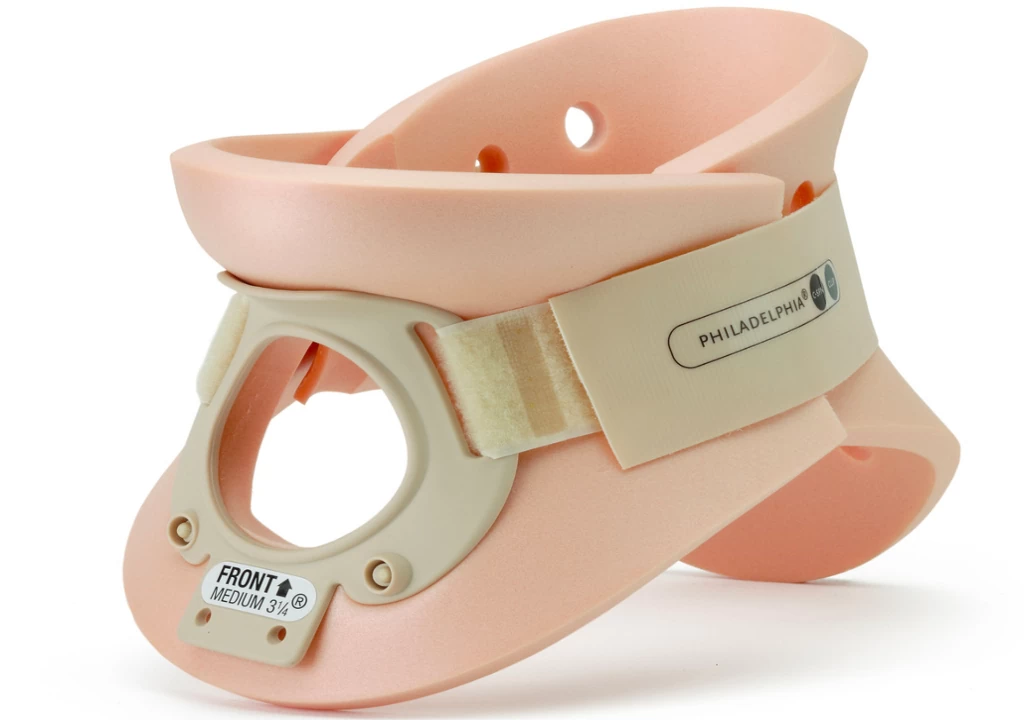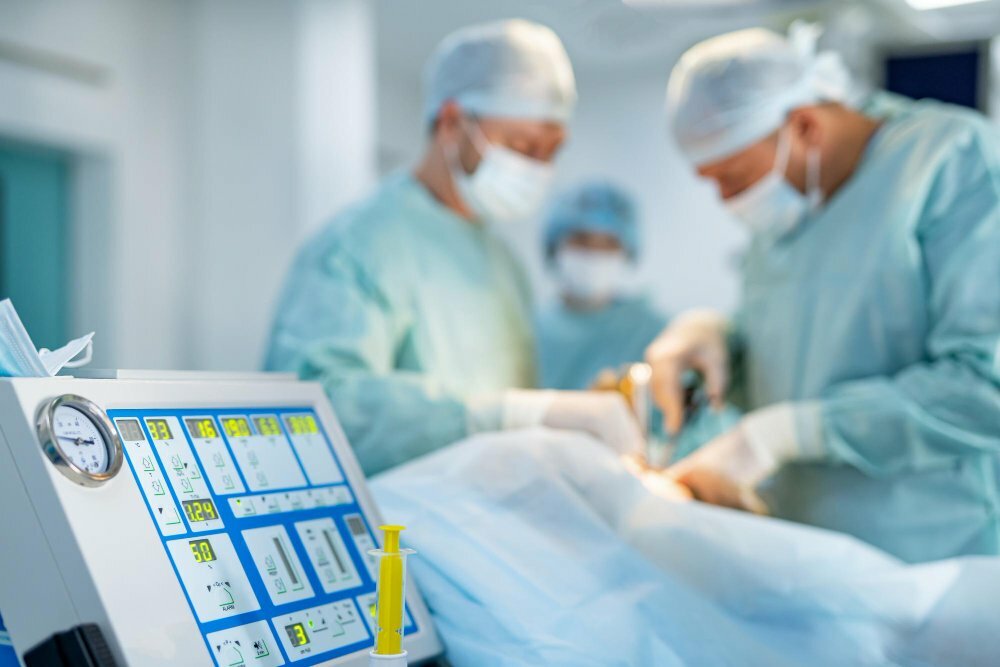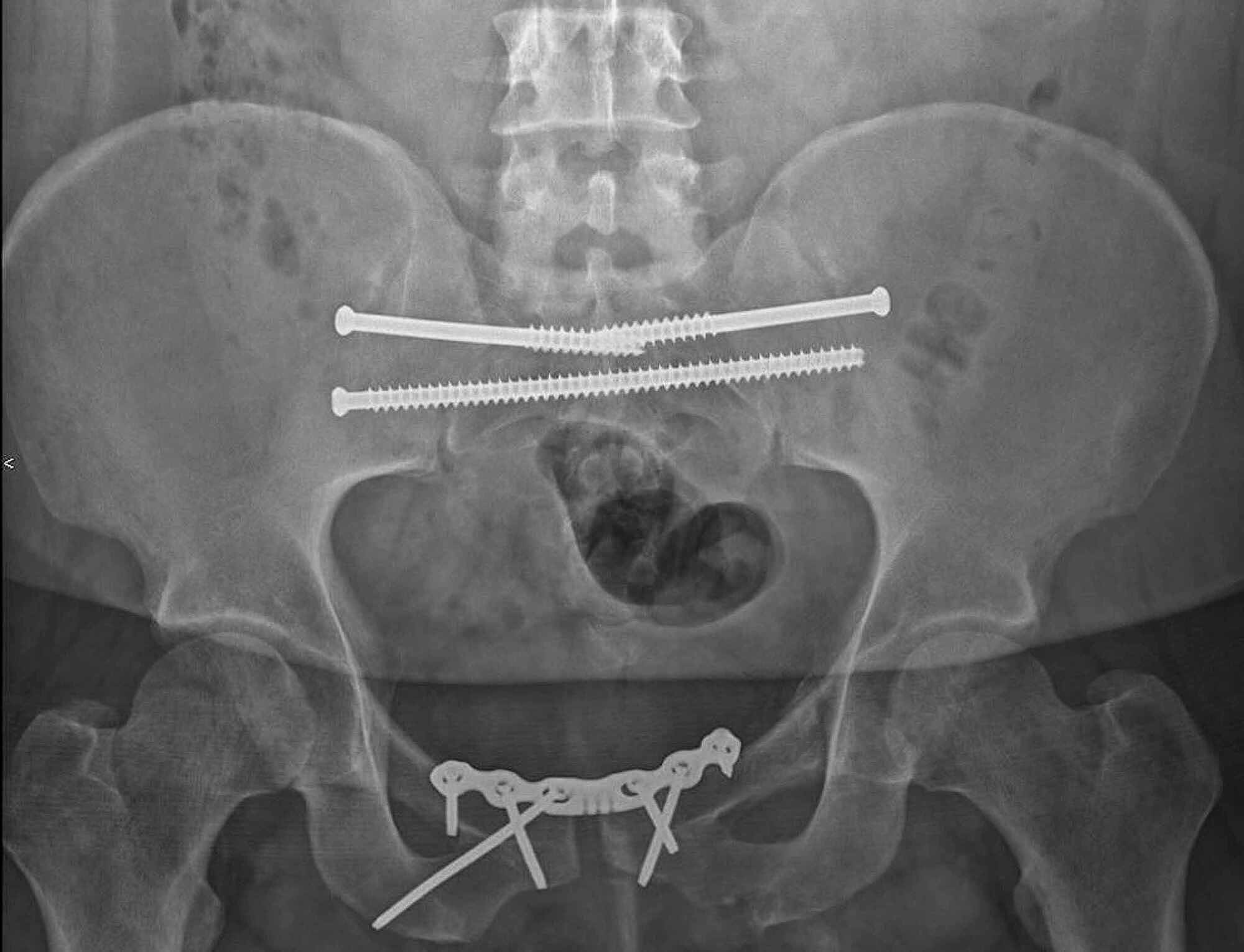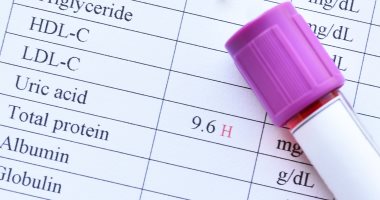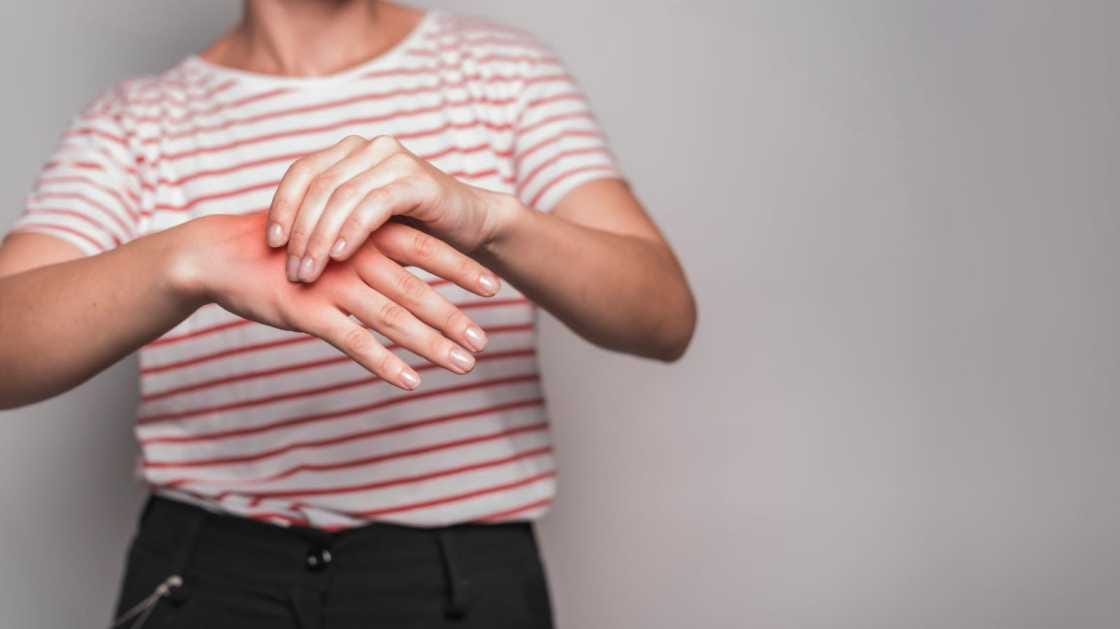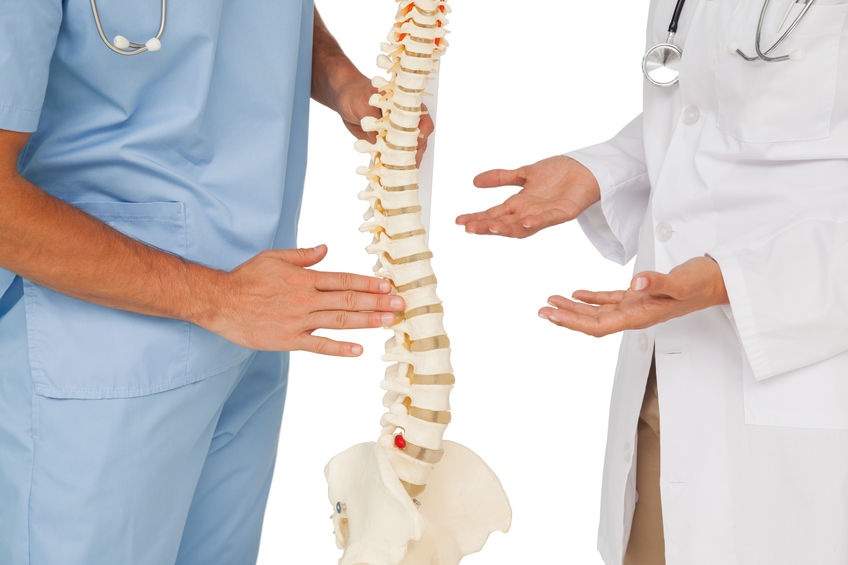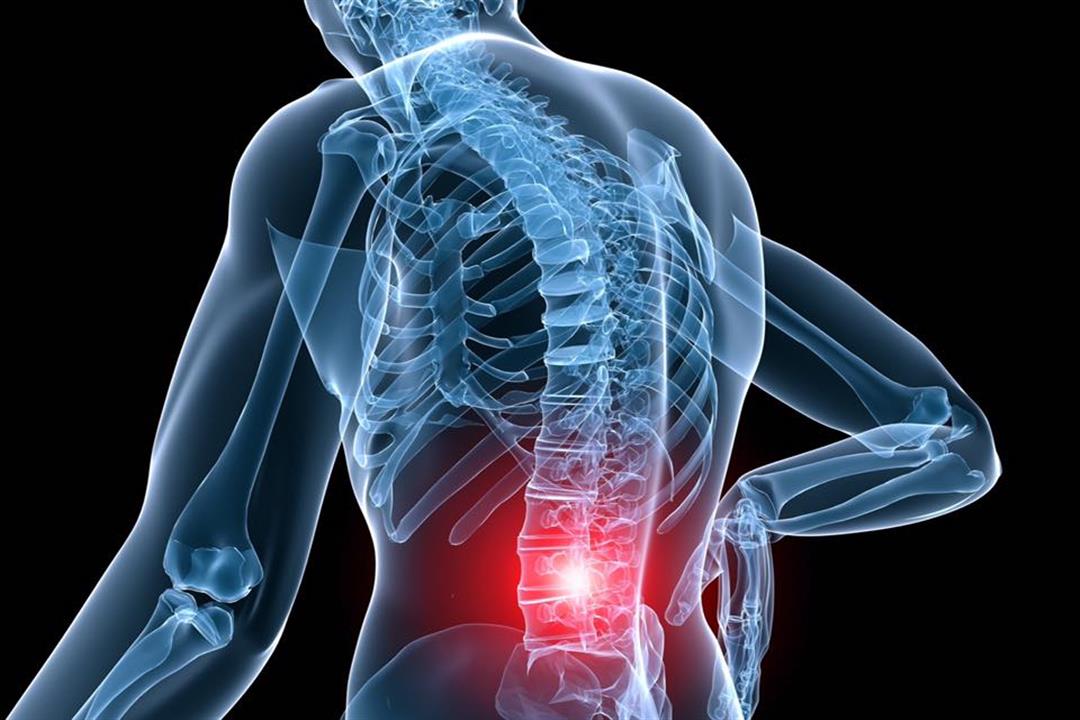How long is the recovery period from the process of curvature of the legs?
Curvature is a problem in the bones that affects the shape of the legs and mostly the ability of the individual to move normally and continue his activities as well. In the following article, we will learn very important information regarding this topic, so let us read the following.

How long is the recovery period from the process of curvature of the legs?
When performing a curvature of the legs, the recovery period that follows depends on many factors, such as the patient’s health condition and age, whether he is still in his early stages of life or if he is an adult and some circumstances have occurred to him that may have led to this condition, but the patient is able To be discharged from the hospital after the operation on the same day or the day after it.
Also, the patient, after performing the process of curvature of the legs, needs a period of time in which he uses crutches until his bones heal well, and he also installs a brace on the affected foot throughout the treatment period. After the operation, the patient needs 6 months for a rehabilitation program that includes Some exercises that help him recover quickly, and during that period, the thigh muscles are strengthened, which helps restore the ability to balance and move the knee on a wider scale.
The seriousness of bow legs surgery
The curvature of the legs may be dangerous because it may be associated with some side effects, such as:
- catch an infection.
- Suffering from very severe pain.
- The occurrence of side effects of anesthesia and this matter is widely known.
- Failure to heal the bone.
- The occurrence of some injuries to the nerves, tissues, and blood vessels.
There are many reasons that make the individual obligated to undergo the process of bow legs, where there are no other solutions in front of him because the other methods work only to calm the severity of the symptoms, and there is no way to help get rid of them permanently, and examples of the reasons that force the individual to do the operation:
- Suffering from some infections in the knee joint and others, which often results in roughness in the joints.
- There is a clear defect in the ability to walk normally, and this affects the individual’s practice of many activities.
- Loss of ability to practice some favorite sports and hobbies.
- Excessive stress on the knee often leads to damage.
- Suffering from severe pain as a result of neglecting the curvature for a period of time without taking treatment.
Is the process of curvature of the legs dangerous?
The process of curvature of the legs is not considered a dangerous operation at all, as it is very easy, except for some side effects that may occur after the operation. What may happen after the operation may lead to its failure and prevent the patient from recovering, and this operation is only criticized for its high price, which is not affordable for everyone.
Arched feet
Bowed feet occur when there is a curvature in the leg of the individual towards the outside so that it does not come into contact with the knee, and those who suffer from bowed feet are called some names such as varicose or bowed feet, and the bowed feet may cause inflammation in the joints and many other health problems, and there are many causes that lead to a curvature, such as:
- Blount’s disease: This is known as a falling leg disease as a result of the abnormal development of the child’s reeds and the bending below the knees, and this bending is worse when the child begins to walk. It is more common in females, especially in Africa and America, and the extra weight of the child and walking early is the cause of this disease.
- Rickets: This is a bone disease for children that causes curvature of the legs and some other deformities in the bones. This is the result of suffering from a lack of calcium, phosphorus, or vitamin D for long periods without treatment, or the presence of a defect in the body of the individual that does not allow the absorption of vitamin D. In a good way, causing the bones to weaken and curve.
- Paget’s disease: This metabolic disease is common in the elderly and has a negative impact on the process of rebuilding the bones as they are not as strong as required. This causes curvature of the bones and suffering from some problems in the joints. The earlier the diagnosis, the easier it is to treat this condition.
- Dwarfism: forms of dwarfism have an effect on bone growth as it leads to many disorders in them, and this causes the bones to curve over time.
- Babies may be born with bowed legs due to the introverted position it takes in the mother’s womb. Once the child is able to walk normally, the leg returns to its normal shape as a result of starting to bear body weight on it during the period from 12 to 18 months.
Do bowed legs affect walking?
The curvature of the legs affects the ability to walk normally due to the fact that the curvature is sometimes uneven on both sides, and that difference in length leads to lameness while walking, in addition to that this difference in length leads to many problems in the lumbar vertebrae that are located in the lower back. As a result of increased pelvic movement while walking.
The curvature may be treated by doing some exercises that help the bones to take appropriate and natural positions in order for the individual to move appropriately, and physiotherapy also has an important role in the treatment, but in severe cases, this does not produce any good results and that is why the resort is made in that case to surgical intervention in order to correct the shape of the bones.
How do I know if I have a bow in the legs?
The individual notices the presence of curvature in the legs when he notices that there is a distance between both feet in the event of walking or standing, and the legs in the knee area are curved outward in a clear way, in addition to that the patient with the curvature is not able to make the knees touch each other when extending the feet.
varus
The curvature is a deformation in the shape of the bones in the body of the individual, and this in mild cases is not very clear, and in other cases, it is easy to notice. Due to many factors, some curvatures disappear naturally over time, while others require medical intervention and appropriate treatment. Types of curvature include:
- The curvature of the legs inward: it is called the curvature of the knee of the soul and makes the individual unable to join the knees together because they are very close to each other with the distance of the feet at the same time and it is called Genu Valgum or Knock-knee.
- Bowing of the legs outward: This is known as Lago-knee bowing, where the person who suffers from this condition is able to join the feet, but there is a large distance between the knees, and it is called Genu varum or Bow-legs.

